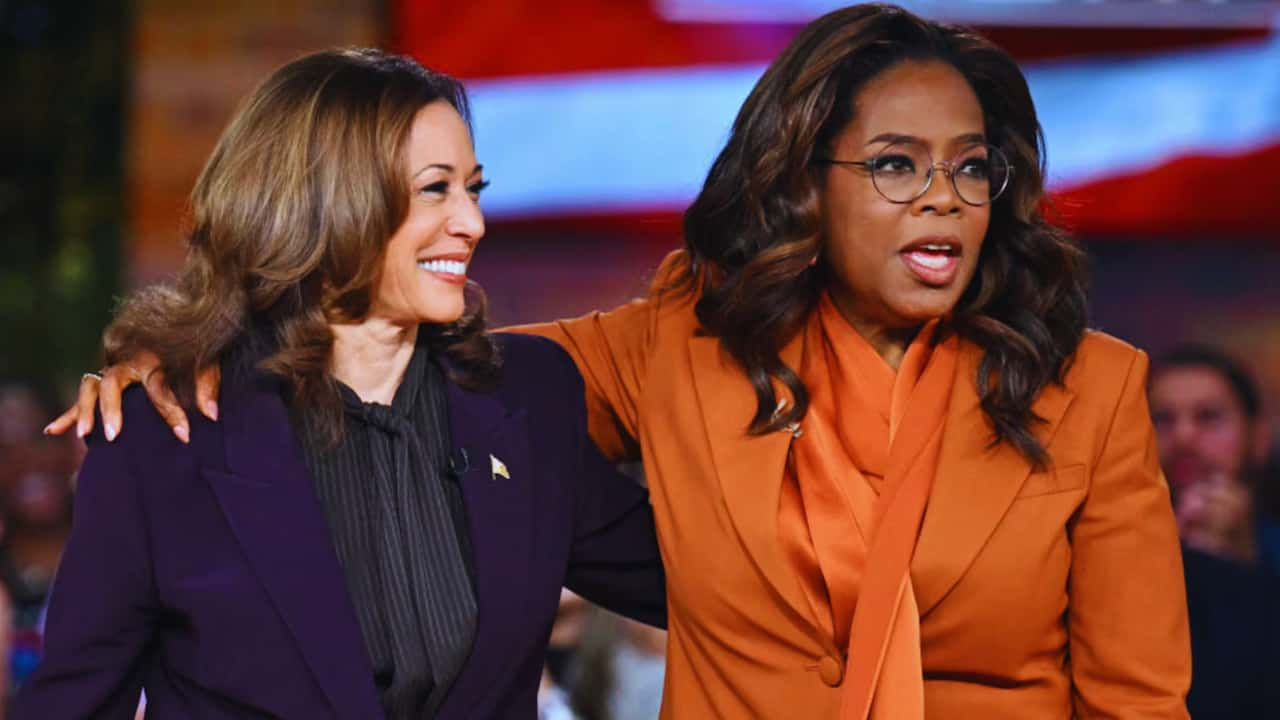Behind the Numbers: Harris Campaign’s Million-Dollar Media Moment with Oprah
In a stunning revelation that has caught both political insiders and media watchers off guard, the true cost of Vice President Kamala Harris’ September town hall with Oprah Winfrey has emerged as $2.5 million—more than double the initially reported figure.
The incident, which sparked controversy in the latter stages of Harris’ presidential campaign, is merely one aspect of a broader picture that illustrates how the campaign depleted its substantial financial resources, ultimately resulting in its current financial difficulties.
Key Developments:
- The Harris campaign paid Harpo Productions $2.5 million for the September town hall.
- Senior staffers have stopped receiving payments despite earlier promises.
- The campaign spent approximately $100 million per week during its run.
- Total campaign spending reached $1.5 billion.
In response to circulating rumors, Oprah Winfrey firmly asserted that the production costs covered essential elements such as “set design, lights, cameras, crew, producers, and every other necessary item.” The media mogul took to Instagram to address the controversy, emphasizing that while she received no personal fee, production staff required payment.
The town hall, which featured virtual appearances from Hollywood stars including Meryl Streep, Bryan Cranston, and Julia Roberts, forms part of a larger pattern of high-profile media spending by the Harris campaign. Other notable expenditures included:
- $900,000 for advertising space on Las Vegas’ Sphere
- $2.5 million for digital influencer agencies
- The amount spent on television and digital media advertisements is approximately $600 million.
- $25 million in contributions to various Democratic Party committees
Campaign Finance Impact
Across the political spectrum, the financial aftermath has sparked curiosity. While Patrick Stauffer, the campaign’s chief financial officer, insists that “there will be no debt” upon the filing of final disclosures on December 5, other sources present a different perspective. Reports suggest the campaign might face up to $20 million in debt, with vendors still submitting invoices for late-campaign events and services.
DNC Response
Chris Korge, the Democratic National Committee’s finance chair, has announced plans to push for “an introspective study and analysis” of the campaign’s spending. The announcement comes as the party grapples with Harris’ defeat in all seven swing states, a result Korge described as having “shocked us all.”
Some Harris allies defend the spending decisions. Bakari Sellers, a former South Carolina representative, argued, “There is not a single expenditure in a different spot that would have changed the outcome of the race. We had so much money it was difficult to get it out the door.”
After the conclusion of this historic campaign, concerns persist regarding the efficacy of large-scale media events in contemporary presidential campaigns. While the Harris team broke spending records, their experience may prompt future campaigns to reconsider their approach to celebrity endorsements and high-profile media events.
The campaign continues to send fundraising emails for the “Harris Fight Fund” even as these spending decisions face increased scrutiny. This persistence raises questions about campaign finance practices and the long-term implications for political fundraising strategies.
